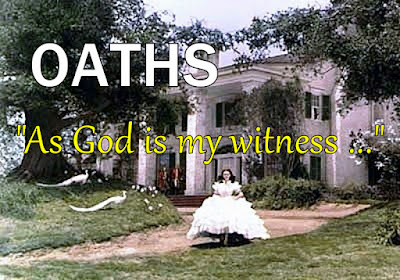WHAT DO WE SEE?
Matthew 25:31-46

And Jesus said to him, “Foxes have holes, and birds of the air have nests; but the Son of Man has nowhere to lay his head.” Matthew 8:20 (NRSV)
And Jesus said to him, “Foxes have holes, and birds of the air have nests; but the Son of Man has nowhere to lay his head.” Matthew 8:20 (NRSV)
At first glance, it looks like a homeless person sleeping on a bench in front of St. Alban's Episcopal Church in a wealthy neighborhood in Davidson, North Carolina. In fact, one neighbor actually actually called the police.
It's actually a statue called, "Jesus of the Homeless." Some people said it looked "creepy." It's suppose to be a visual representation of Matthew 25:36-40.
...for I was hungry and you gave me food, I was thirsty and you gave me something to drink, I was a stranger and you welcomed me, I was naked and you gave me clothing, I was sick and you took care of me, I was in prison and you visited me.’ Then the righteous will answer him, ‘Lord, when was it that we saw you hungry and gave you food, or thirsty and gave you something to drink? And when was it that we saw you a stranger and welcomed you, or naked and gave you clothing? And when was it that we saw you sick or in prison and visited you?’ And the king will answer them, ‘Truly I tell you, just as you did it to one of the least of these who are members of my family, you did it to me.’ (NRSV)
Huddled in a blanket, Jesus' face and hands are hidden. From a distance, it looks like someone that doesn't belong in a privileged, upscale community; someone who is dirty and smelly, who needed to be removed from sight. From a distance, it made people feel uncomfortable, maybe wanting to avoid having to get involved.
From a distance.
It is only when one approaches the statue and actually sits down beside it that one notices the nail scarred feet and realizes that it is the Christ.
What do we see, from a distance? Some years ago, I lived in a city that had a large homeless population, including youth and children. They were unavoidable. They camped out under the bridges, off the scenic pathway along the river. They spent their days in the public library, and hung out in the sky walks. They were in our public schools, living in shelters at night with their families or begging a night or two on a friend's couch.
One of them was living in the laundry room on the basement level of m apartment building. Some tenants wanted him arrested and taken away. Some thought it was creepy and were afraid to go down into the basement. Some of us were just uncomfortable -- not willing to toss the guy out but also feeling overwhelmed by a problem that was so big, so beyond us.
So we kept the homeless man in the basement at a distance.
From a distance, problems like homelessness, hunger, lack of clean drinking water, refugees, the sick, the lonely and those imprisoned and injustice and exploitation of every kind are just too big for any one of us to solve. From a distance, it's just easier to walk away and let them be someone else's problems.
But up close, they're not "problems." They're individual human beings, each one created in the image of God. Each one is so deeply loved that Christ was willing to die for them, just like He did for us.
What Jesus is calling us to in this familiar passage is compassionate mercy. Mercy in shown when we choose to use the power and the resources God has blessed with us to do good in another person's life. Compassion is willing choosing to take the risk to care enough to get up close and personal. The ones whom are blessed in this parable are those who got involved with the people they welcomed and fed, clothed and visited.
Imagine that we are standing in a circle with a ten-foot radius. Everywhere we go, that circle is there. That area is our personal mission field. It's not the whole world, but it does include the people we encounter as we go about our daily business. Some will be the sick and the lonely, the hungry and the homeless, as well as those who need the encouragement of a kind word or a listening ear.
From a distance, they may appear to be a problem we would rather ignore or feel ill-equipped to handle. Of course, we have the choice to literally or metaphorically cross to the other side of the street and avoid them.
If we choose, however, to approach them and get up close, what we will find is not a "problem," but a human being, just like us, who needs to experience the love of God. When we are close enough to look into their eyes, what will we see?
We will see the face of Christ.



Comments
Post a Comment